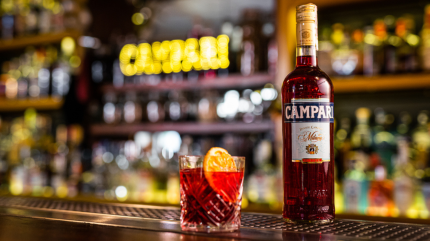
The Campari Group reported its half year revenue and profits this week.
Following the releae of the group’s results, CEO Matteo Fantacchiotti sat down with Just Drinks to discuss its H1 performance and US sales.

The Campari Group reported its half year revenue and profits this week.